OBJECTIVES:
- To promote the development and understanding of the world, regarding the existing cultural diversity, as well as the diversity we enjoy in our own country, highlighting the importance of conveying ideas and opinions in English.
- To develop skills at a personal, social and intellectual level, in order to reach the highest performance in productivity, considering the existent competitiveness there is in our globalized world.
- To generate interest in the students taking part of the learning process by means of the pleasurable experiences provided by the material that has been prepared along this vision and methodology:Presentation—Practice—Product aiming towards a significant communicative practice.
- To reach the exit profile equivalent to the B1.2 level in accordance to the CEFR (Common European Frame), as well as to the guidelines stablished by the National Curriculum.
ORGANIZATIONAL ASPECTS
1.PROCEDURE TO BE FOLLOWEDThe order that has been proposed is as follows, first the student registers, then student takes a placement test, and is contacted by means of an email or printed list to notify him or her on the grade and corresponding level. Virtual The student has then access to the grammatical contents displayed in the slide-video presentation, then he or she should study the reinforcement document, next student should do the demo exercises and finish all the evaluated assignment exercises. Each of these spaces will be opened once the student has fulfilled the previous required task. Once all have been fulfilled the space for the partial test will be opened, this process is repeated until all units have been studied, and the system then will give place to the final exam which will promote the student to the next level.
